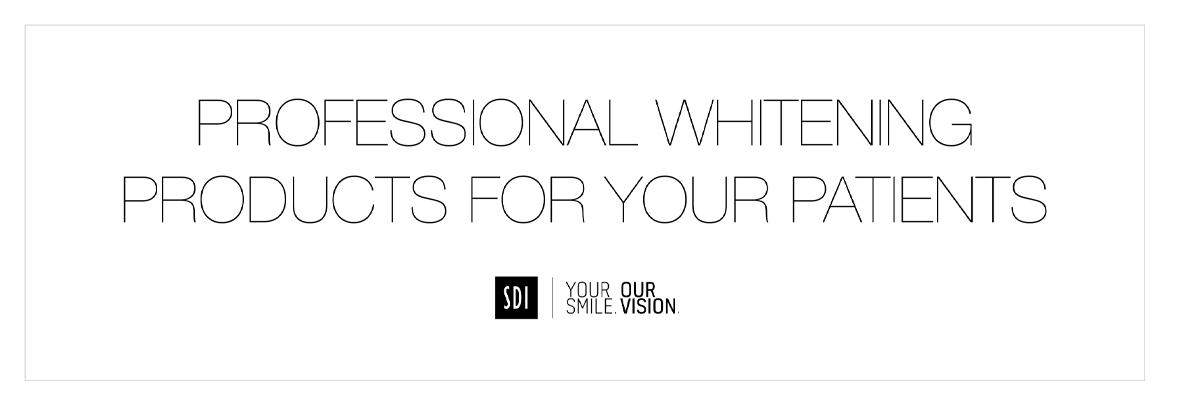
Over-the-counter (OTC) dental bleaching products have undergone a fascinating evolution, reflecting both advancements in dental science and the changing demands of consumers seeking brighter smiles. This evolution has also been highly impacted by social media and influencers presenting and promoting those products intended to reflect consumer preferences: faster, cheaper, more effective, and with minimal adverse effects on oral health. However, being able to keep a proper ideal balance between those four pillars is not possible even if the OTC products available today give the illusion that it is. An ideal aesthetic treatment should be (1) efficient (2) safe (3) and customized.
Efficiency
There are many types of OTC products for dental bleaching in the market such as toothpastes, strips, gels, mouthwash rinses, tray-based systems. Depending on the product, they will have a mechanical or chemical action. Dental professional bleaching treatments works by chemical means with a direct action against the pigments responsible for tooth coloration. The usage of hydrogen peroxide or carbamide peroxide will provide a deep, efficient, and lasting bleaching of teeth. The result is directly related to the known concentration of active solution and the time of application. Manufacturers have guidelines to keep the balance between a pleasant experience and an efficient result for the patient. OTC products may not deliver the same level of whitening due to lower concentrations of bleaching agents. This can result in less noticeable or slower results, especially for tougher stains (Figure 1). Therefore, this could lead to overuse or misuse in order to compensate the lack of result which would in turn increase tooth sensitivity.
Safety
In the case of professional treatment, whether in office or at home, a lot of care is taken to make sure that the gum is properly protected (Figure 2 and 3). This is not the case with OTC products that can lead to gum irritation or even chemical burns when bleaching agents come into contact with the gums for an extended period of time. Other OTC products use a mechanical approach to make teeth look whiter.
They contain mild abrasives or chemicals to help remove surface stains. Enamel is a major protective tissue, and a regular use of such abrasive products will also lead to damaging it, making the tooth weaker and increasing its sensitivity over time.
Customisation
A specificity of professional dental bleaching is customization. Each patient would have a procedure specific to their need that would consider individual variability and make sure all teeth or properly treated (Figure 4). OTC products might not cater to individual oral health conditions or different types of stains, leading to varied results among users. In addition the whitening might not be properly delivered resulting in less noticeable, slower and/or uneven results. OTC products are generally designed for mass use, lacking the customization that professional treatments offer to address specific dental needs. Even if the use of OTC products can be appealing for all sorts of reasons, and mainly financial, when compared to professional dental bleaching, it is not as efficient and safe and without professional guidance, there’s a risk of improper use, leading to potential problems.
Professional dental bleaching can be considered as a comprehensive way of bleaching teeth as it takes in consideration all aspects of the patient ’s oral health condition. That is why the term medicalized dental bleaching is sometimes used.
The ideal aesthetic approach should always be as harmless as possible and in order to ensure this for our patients, our responsibility as professional oral health care provider requires that we care about the differences between professional dental bleaching and OTC products to help individuals make well-informed decisions based on their specific oral health needs.
View product range here

Article Published Sep - Nov 2024 Dental Solutions